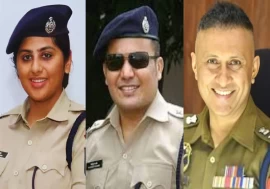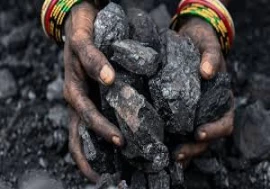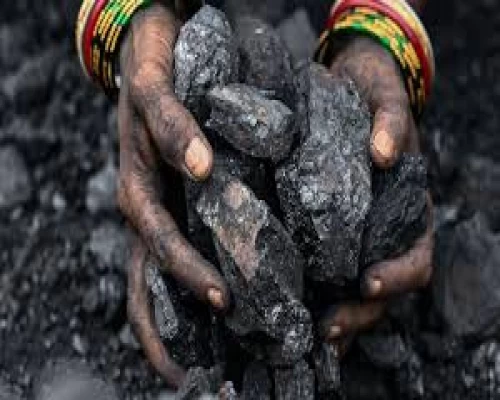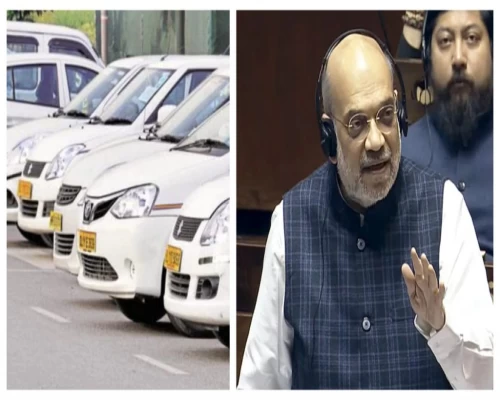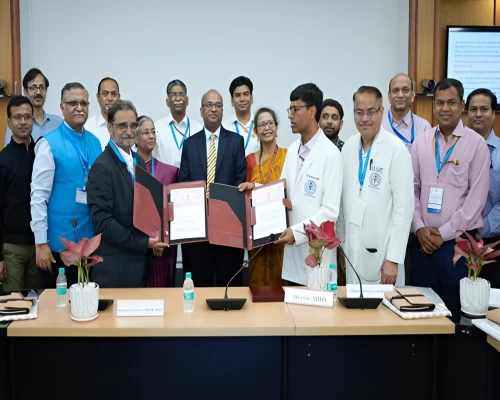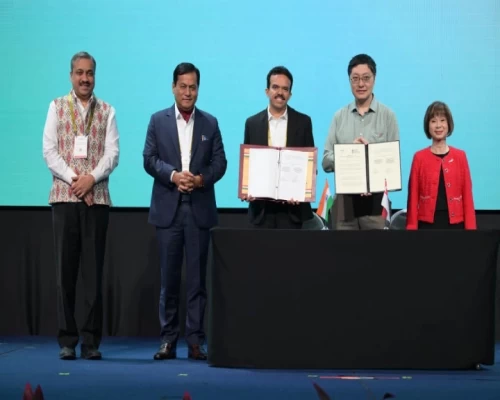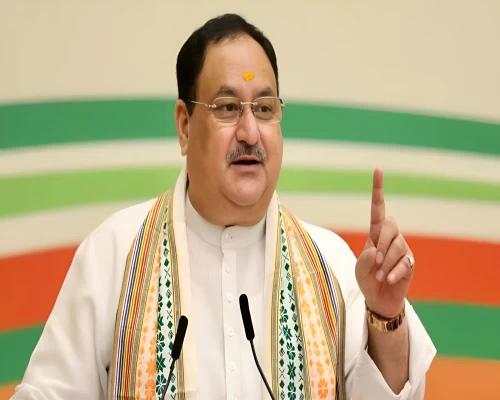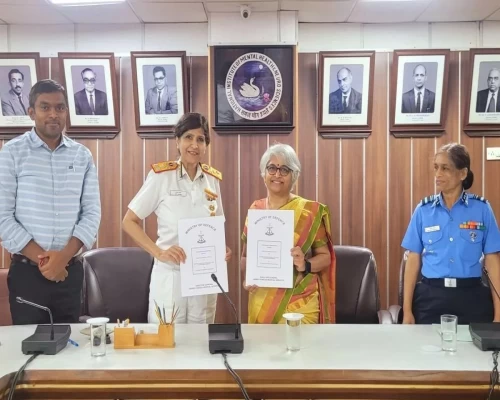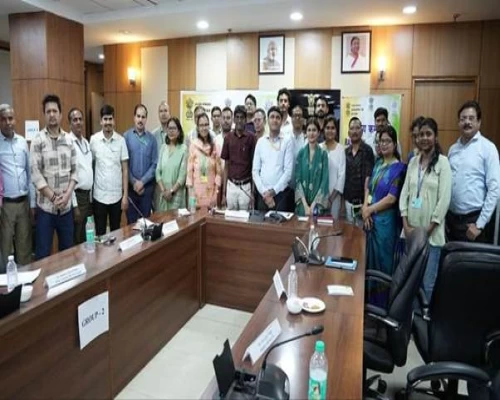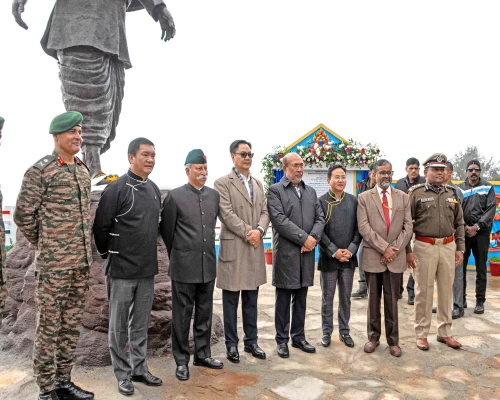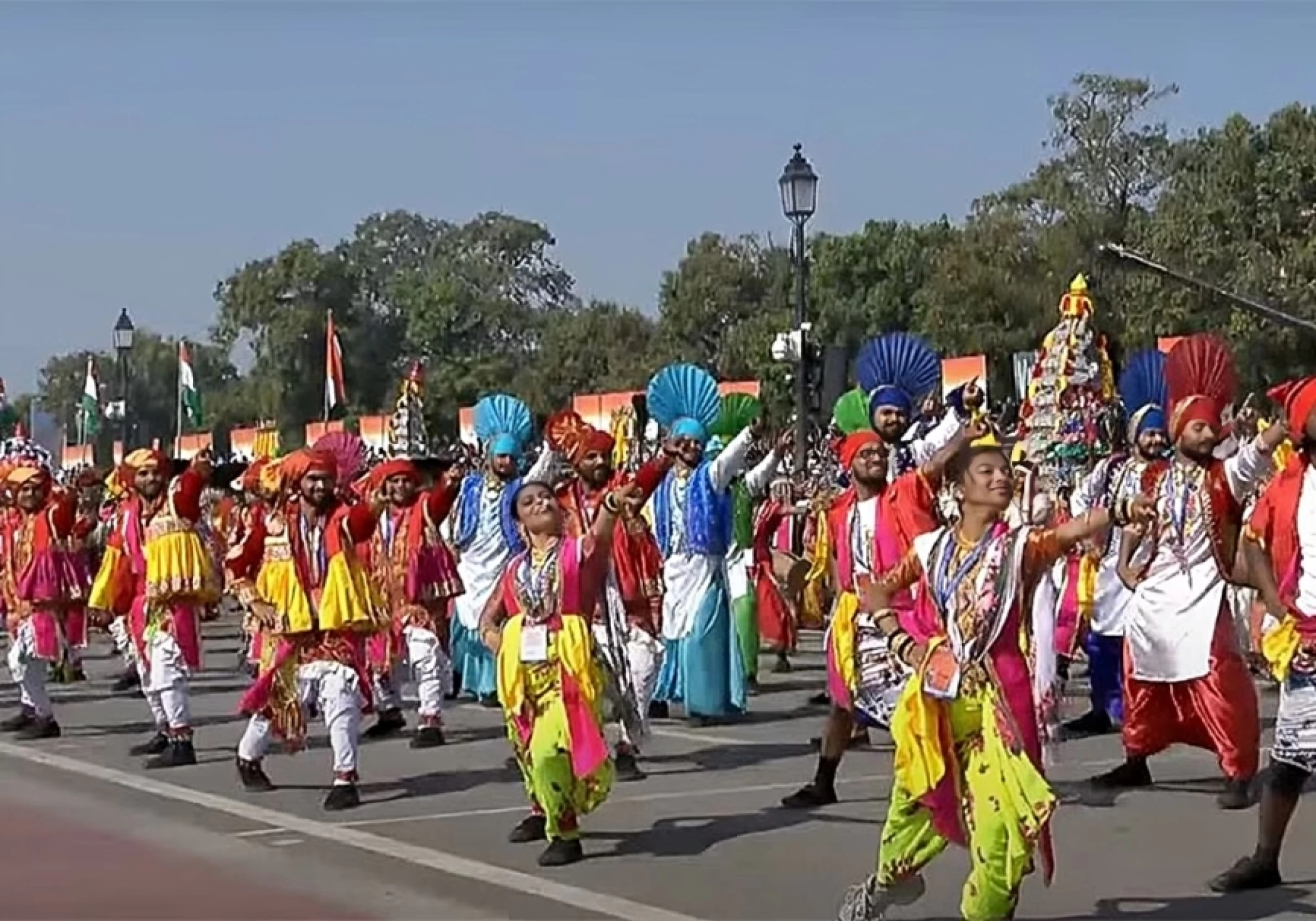
New Delhi: The Ministry of Culture and Sangeet Natak Akademi’s performance, ‘Jayati Jai Mamah Bharatam’ (JJMB), enthralled audiences at the Republic Day Parade 2025, creating a cultural spectacle that celebrated the diverse and vibrant legacy of India’s folk and tribal traditions. The grand presentation featured over 5,000 folk and tribal artists from across the country, representing India’s artistic heritage, youth power, and the strength of its women.
The artists performed more than 50 folk and tribal dance forms, celebrating the themes of Viksit Bharat, Virasat Bhi Vikas Bhi, and Ek Bharat Shreshtha Bharat. This breathtaking display not only captivated millions but also achieved a Guinness World Record for ‘The Largest Indian Folk Variety Dance’, a proud moment that showcased the immense cultural wealth of India on a global platform.
The performance was a vibrant blend of over 50 folk and tribal dance forms, bringing together regional identities into a unified expression of national pride. The dances depicted local traditions, agricultural practices, harvest rituals, and celebrations of new beginnings, as well as narratives of good triumphing over evil.
Artists from Arunachal Pradesh performed the Snow Lion and Monpa Mask Dances, while the lively Bihu from Assam and the energetic Kalbelia from Rajasthan highlighted the vitality of India’s folk traditions. The intricate Padayani from Kerala and the dramatic Chhau from Bengal and Odisha showcased the rich storytelling traditions of Indian dance. Other performances, such as the Badhai folk dance from the Bundelkhand region of Madhya Pradesh and the Mentok Flower Dance, celebrated auspicious occasions and heralded new beginnings. Every performance reflected the cultural identity of its region through authentic movements, music, and costumes, creating an immersive and captivating experience.
The choreography also symbolised India’s unity in diversity. Regional dance forms and musical traditions were seamlessly interwoven, highlighting the interconnectedness of India’s cultural landscape. The energetic Bhangra, the graceful Garba, the dramatic Yakshagana, and the rhythmic Sambalpuri all celebrated their unique heritage while contributing to a collective expression of India’s cultural legacy. Props such as Ambala Kavadi and Pooja Kavadi added spiritual and celebratory undertones to the event, uniting traditional art forms with symbolic gestures of joy and devotion.
The success of the performance was enhanced by meticulous attention to detail in costumes and props. Artists wore traditional attire featuring vibrant colours, intricate embroidery, and region-specific designs. Authentic jewellery and ornate accessories enriched the visual appeal, while props such as spears, swords, masks, and floral arrangements added depth and authenticity to the choreography.
The National School of Drama played a key role in creating over 60 unique props, including ceremonial items, masks, puppets, and animal frames, under the leadership of its director, Chittaranjan Tripathy. These elements were designed to complement the choreography, creating a seamless visual narrative that celebrated both individual regional identities and a collective national spirit. Spectators enthusiastically interacted with the puppets and animal props, adding a unique dynamic to the experience.
The musical composition ‘Jayati Jai Mamah Bharatam’, written by Subhas Sehgal and composed by Shankar Mahadevan, provided a powerful thematic foundation for the performance. The music combined traditional sounds with contemporary harmonies, resonating with audiences of all generations. Harish Bhimani’s voiceover further enriched the experience, creating an emotional and inspiring soundscape.
The performance was conceptualised and curated by the Chairman of Sangeet Natak Akademi, Sandhya Purecha, with support from co-choreographers Subhash Nakashe, Ankur Pathan, Kalpesh Dalal, Sanjay Sharma, and Ranjit Gogoi.
The heralding of the Republic Day Parade was led by 300 artists playing a mix of martial instruments, setting a tone of unity and celebration. Instruments such as dhols, bansuris, shehnais, and mridangams blended traditional and contemporary sounds, while the auspicious notes of ranashingha, tutari, and shankh provided a regal start.
Adding to the grandeur, ‘Jayati Jai Mamah Bharatam’ set a Guinness World Record for ‘The Largest Indian Folk Variety Dance’. The announcement was made during a ceremony at Pusa in New Delhi earlier today.
The Minister of Culture and Tourism, Gajendra Singh Shekhawat, along with the Secretary of the Ministry of Culture, Arunish Chawla, received the certificate on behalf of all the artists. This recognition celebrates the collective efforts of thousands of artists and the Ministry’s dedication to showcasing India’s artistic heritage on an unprecedented scale.
BI Bureau


